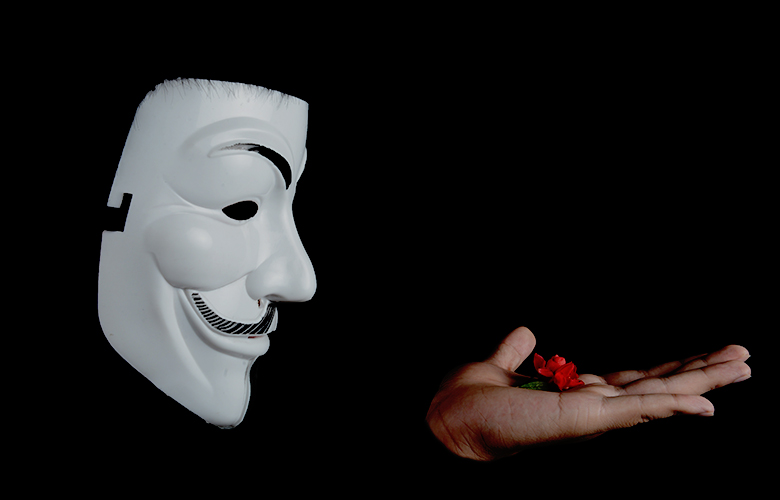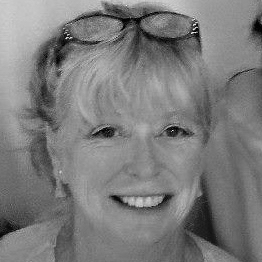
Naked dancing, ritual movement and raucous chanting! This Greek fertility ritual known as “the dithyrambos” enacted in the eighth or ninth century B.C. appears to have been the world’s first dance drama. These drunken physical orgies celebrating the birth of the wine god Dionysus marked the beginnings of what would later be visually organized into styles of Physical Theatre. The combination of dance and drama (whether spoken or silent) marked the beginnings of The Art of Physical Theatre.
As dance and drama separated they became art forms unto themselves and developed their own varied styles. Dance explored physical interpretation through sound and music, whereas drama further explored vocal interpretation through the written word.
One of the greatest appeals of physical theatre today is that as an art form, it crosses multiple cultures and languages, making it accessible to all audiences everywhere.
Physical Theatre draws its vitality from its broad connotations. It encompasses body language and physical interpretation. It can refer to the physicality used within any style of performance or to specific styles such as mime, mask, clown, Noh, puppetry, children’s theatre, stand up improvised comedy or commedia. These styles belong to the physical theatre school because the emphasis is on interpretation of the visual and physical rather than the auditory and verbal. Physical theatre expressionism can be totally silent as in the French illusionist school of mime, or it can be extremely verbal as in the case of commedia dell’arte and slapstick.
There is an open ended element to physical theatre that allows for unlimited possibilities of physical interpretation which is very exciting to the actor. A physical theatre performer can work for multiple decades because (s)he excels at individualized solo work.
For example, the physical theatre performer has the option of varying the heights of his/her jumps, rhythms or manipulations from performance to performance because (s)he does not have to be simultaneous or identical to those of another partner or chorus member. Much like a dancer (s)he is aware of personal physical limitations and capabilities but unlike a dancer a physical performer has more personal control over timing and aesthetics. This is not just because of solo work, but also because music or sound is added after the piece is created and rarely serves in the creation process.
Physical theatre is an imaginative theatrical reflection and interpretation of reality. In the real world the perfect body is not the norm. We come in all shapes and sizes. Cognitive recognition of one’s personal kinetics – its capabilities, its limitations and its potential – is crucial to a successful career. Performers like Robin Williams, Jim Carey and Lucille Ball know this.
Physical Theatre is much more than traditional mime. Although The French School of Mime is a fundamental style of Physical Theatre and well recognized by North Americans, it is historically a more recent addition to the Art of Physical Theatre than that of clown, commedia, Noh, Kabuki, and Greek Chorus, creative drama or mask work.
Legend has it that the artists of the time, went into the underground sewers to wait out the German occupation. While many of them spent their time discussing, drinking, bemoaning the situation and playing cards, the actor Jean-Louis Barrault under the direction of Etienne Decroux (two well known favourites in the French film, “Les Enfants du Paradis”) worked relentlessly at developing new physical illusions and mime techniques. Standing naked before large mirrors in the Paris underground, Jean-Louis worked, while Etienne directed.
It is believed that from these sessions the famous illusion known as “la marche sur place” or “the mime walk” was born. The resulting movement is truly genius. Others such as Michael Jackson have adapted this original “marche sur place” and created illusions such as the “moon walk”. The dedication and commitment shown by Barrault (an actor) and Decroux (a director) marked the beginning of the silent and illusionary aspect of mime as a legitimate physical art form unto itself. However, this illusionary style of mime is not the only component within the world of Physical Theatre. As mentioned earlier there are many styles – both verbal and non verbal.
While Physical Theatre deals with the physicality within any theatre performance, it is important to recognize all the existing theatre styles that emphasize the physical aspect. Some of these styles, like Noh and Greek Chorus, are accompanied by ancient written text, but all styles include a physically improvised aspect. Visual images interpreted physically can vary greatly from one performance to another, according to factors such as what has happened onstage a moment before, the actor’s general health, the company’s mood, the audience’s reception, or the state of the stage and condition of the props.
The flexibility of physical interpretation available to the actor sets physical theatre apart from more modern structured scripted text and perpetuates an energy that is exciting, dynamic, and creative.
Refugee, Survivor and Mother: Kim Sang’s Story
Pregnant Performer: Who’s Gonna Hire Me?


Renée Baillargeon is a professional Equity performer, director, choreographer and playwright from St. Catharines Ontario who has worked across Canada from Kaleidoscope Theatre and the Victoria Symphony to the Grenfel Players of Newfoundland. Since 1980 she has written over 20 plays. Renée has been the Director of Playwrights Niagara since 2012. Within the past three months, her play "Choices" was workshoped by Theatre One of Nanaimo British Columbia, received a public reading at South Simcoe Theatre and is scheduled to be performed this October by “The Very Useful Theatre Company”. She is an adjunct professor for the Centre of Arts and Culture at Brock University, Canada.
Read Full Profile© 2021 TheatreArtLife. All rights reserved.

Thank you so much for reading, but you have now reached your free article limit for this month.
Our contributors are currently writing more articles for you to enjoy.
To keep reading, all you have to do is become a subscriber and then you can read unlimited articles anytime.
Your investment will help us continue to ignite connections across the globe in live entertainment and build this community for industry professionals.